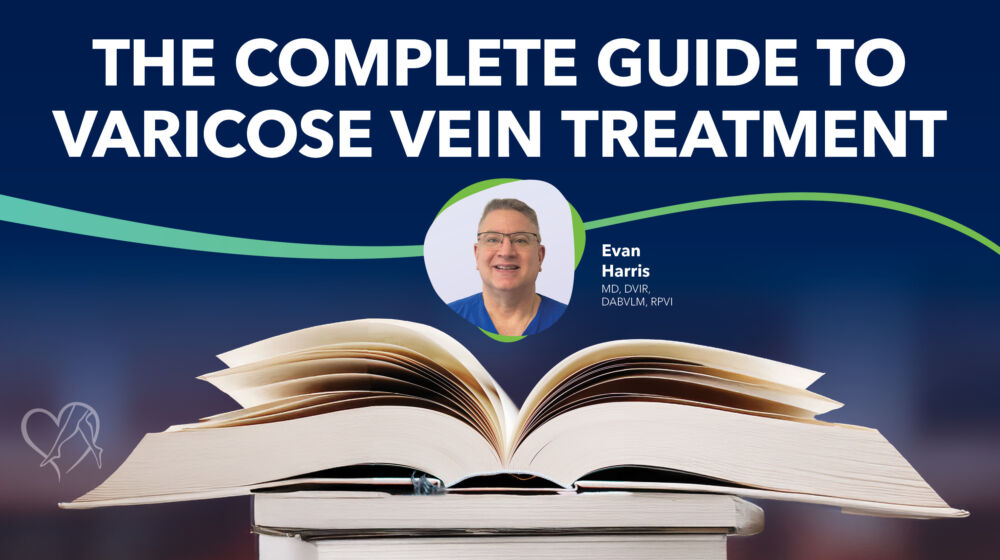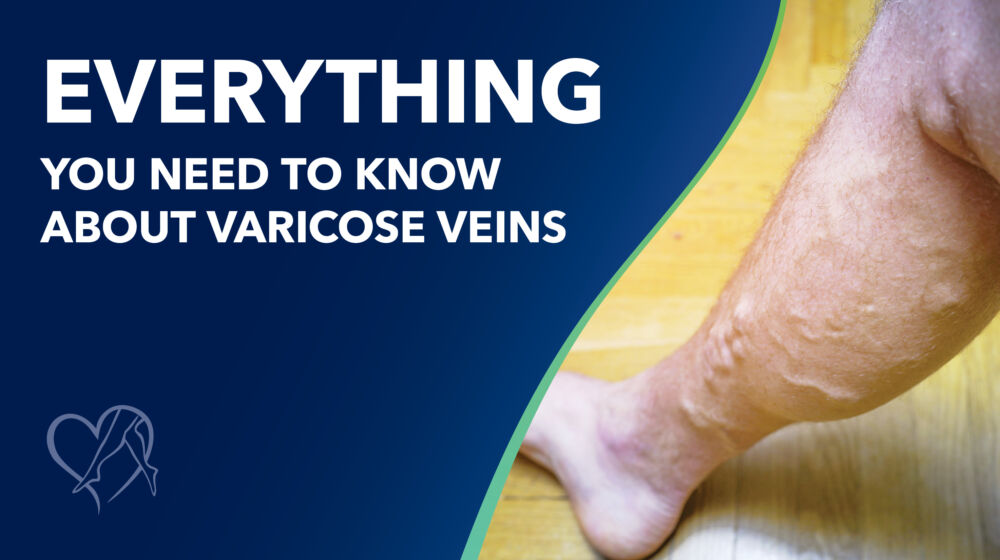Improving circulation in the legs is vital for maintaining overall health and well-being. Poor circulation can lead to distressing symptoms such as leg pain, swelling, and an increased risk of infections.
Poor circulation happens when something interferes with your body’s complex circulatory system. With the job of delivering blood, oxygen, and nutrients throughout your body, a poor circulatory system can cause a “pins and needles” sensation in the skin, cold toes and fingers, numbness, chest pain, swelling, or veins that bulge (varicose veins).
What causes poor circulation?
While “poor circulation” isn’t a medical condition per se, it can stem from a variety of concerning medical disorders, such as diabetes, obesity, high blood pressure, or peripheral artery disease (known as PAD, which is a blockage of the vessels that carry blood from the heart to the legs. PAD is primarily caused by atherosclerosis, which is plaque build-up inside your arteries that limits blood flow).
Another potential cause of poor circulation is venous insufficiency, also known as vein disease. Vein disease is a common vascular condition where weakened vein valves in the legs fail to keep blood moving back toward the heart. As a result, blood pools in the veins causing varicose veins, cramping, swelling, skin color changes, or ulcers.
Is poor circulation dangerous?
Poor circulation won’t improve on its own and may even get worse. New symptoms such as throbbing or cramping pain in one leg, swelling in one leg, or red or darkened leg skin around the painful area may be signs of deep vein thrombosis. This is an emergency that requires immediate medical attention.
Can I improve poor circulation?
Once your doctor has given you permission to improve circulation in your legs naturally, here are 7 strategies you can try:
Exercise regularly: Engaging in regular physical activity can help improve circulation in the legs. Walking, cycling, and swimming are all great options. It's important to choose activities that are appropriate for your fitness level and to gradually increase the intensity and duration of your workouts as you get more comfortable. Exercise helps to improve circulation by pumping blood more efficiently through the body, which can help reduce the risk of blood clots and other circulation issues.
Elevate your legs: According to the Mayo Clinic, elevating your feet above the level of your heart three or four times a day for about 15 minutes at a time can keep blood. By using a footstool or a stack of pillows to prop your legs up, you can promote blood flow back to the heart and help reduce swelling and discomfort in the legs.
Massage your legs: Massaging your legs can help improve circulation by relaxing muscles, reducing tension, and stimulating blood flow. You can use massage oil or lotion or simply use your hands to massage your legs in circular motions.
Stay hydrated: Water helps to thin the blood, making it easier for it to flow through the body. The Heart Foundation recommends that women drink 11 cups (approximately 2.7 liters) of fluid daily and that men drink 15.5 cups (approximately 3.7 liters). Water is the best choice to stay hydrated because it’s calorie-free, sugar-free, and inexpensive. Take in more fluid if you're engaging in physical activity or if it's hot outside.
Eat a healthy diet: A healthy diet can improve circulation in the legs. Include plenty of fruits and vegetables, whole grains, and lean proteins in your diet. These types of foods are rich in nutrients that support healthy blood flow, such as fiber, antioxidants, and essential fatty acids. Avoid processed and fried foods, which can contribute to poor circulation.
Quit smoking: Smoking can damage the blood vessels in the legs, leading to poor circulation. The NIH National Heart, Lung, and Blood Institute declares that “any amount of smoking, even occasional smoking, can cause damage to the heart and blood vessels” and that quitting smoking can help improve circulation and overall health. If you're having trouble quitting, consider seeking support from a healthcare provider or a smoking cessation program.
Manage stress: A study published by the Journal of the American Medical Association (JAMA) showed that chronic stress “increases the heart rate and blood pressure, making the heart work harder to produce the blood flow needed for bodily functions.” Chronic stress can affect circulation by constricting blood vessels and increasing the risk of blood clots. To improve circulation, it's important to manage stress levels through relaxation techniques like meditation, deep breathing, or yoga.
By applying these natural strategies, you can help improve circulation in your legs and maintain good overall health. However, if you're experiencing persistent circulation issues, it's essential that you consult with a healthcare provider to rule out any underlying serious medical conditions.
Is vein disease the cause of my poor circulation?
If you are experiencing symptoms such as leg pain, swelling, cramping, varicose veins, itching, feelings of heaviness, and skin changes, including skin discoloration and flakiness—visiting a vein specialist is a must. Center for Vein Restoration is America’s largest physician-led vein center, 100% committed to improving lives by providing safe, personalized, minimally invasive treatment options for vein disease.
Vein treatment at Center for Vein Restoration is covered by most insurance, including Medicare and Medicaid. Questions? Call 240-965-3915 to speak to a helpful Patient Services Representative. Or schedule an appointment online HERE!

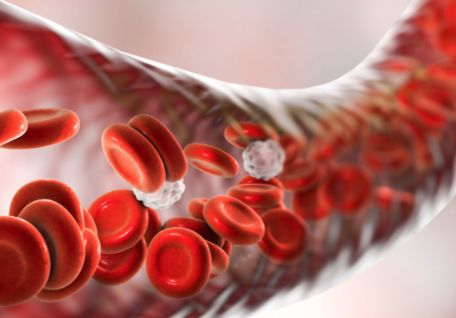 About Vein Disease
About Vein Disease
 Spider Veins
Spider Veins
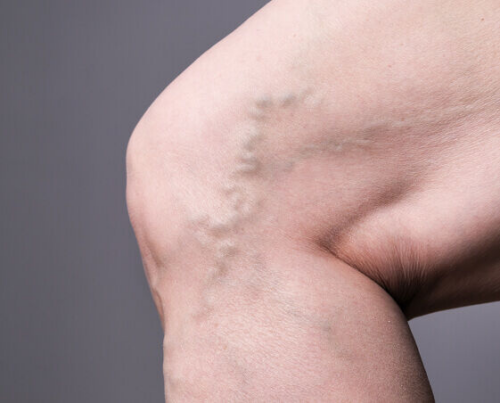 Varicose Veins
Varicose Veins
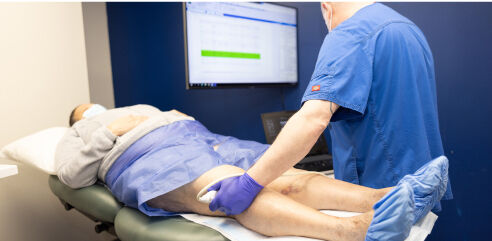 Vein Disease Treatments
Vein Disease Treatments
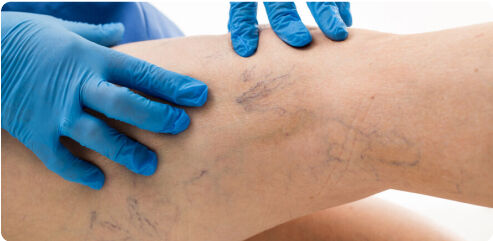 Treating Spider Veins
Treating Spider Veins
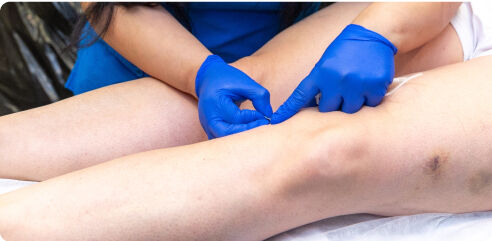 Treating Varicose Veins
Treating Varicose Veins
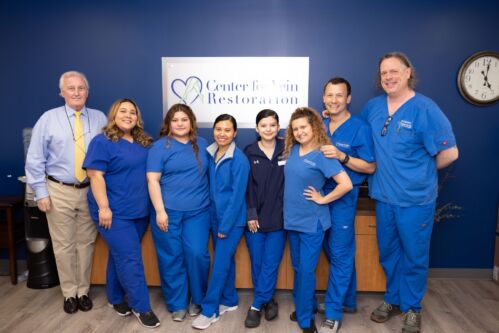 About Us
About Us
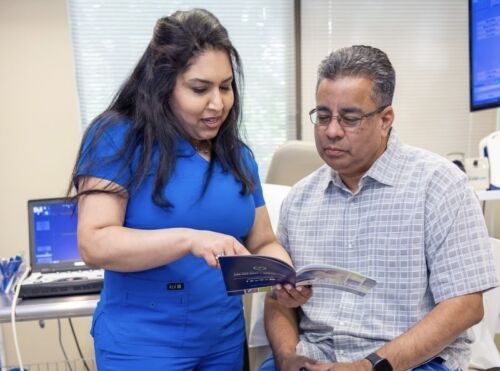 Patient Resources
Patient Resources
 Physician Resources
Physician Resources

